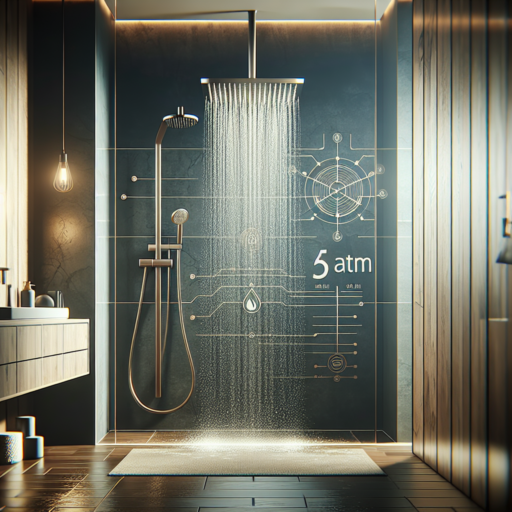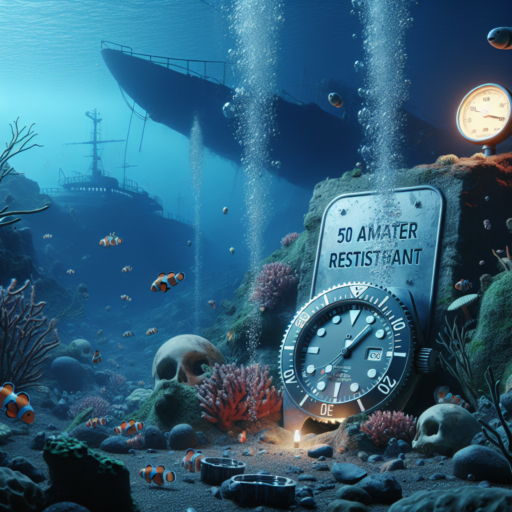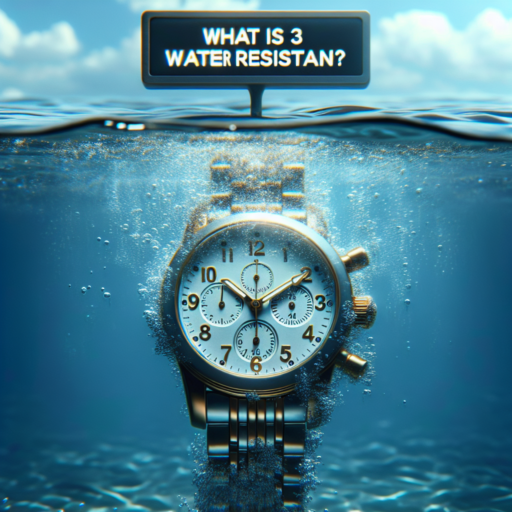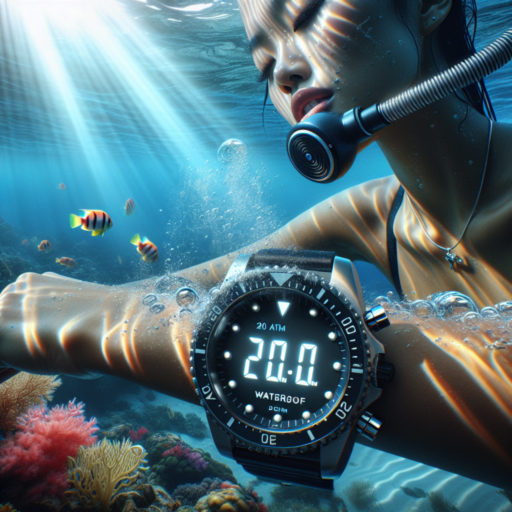Can you swim in 5 atm water resistant?
Understanding water resistance ratings is crucial for anyone who enjoys water activities or wishes to protect their valuable possessions from water damage. The term «5 ATM water resistant» is regularly encountered when discussing the capabilities of various wristwatches and fitness trackers. But, what does this specification really imply for swimming enthusiasts?
The «ATM» in 5 ATM stands for atmospheres, a measure of pressure used to rate the water resistance of watches. A 5 ATM water resistance rating signifies that a device is resistant to the pressure equivalent to a depth of 50 meters or approximately 164 feet underwater. While this may suggest that swimming with a 5 ATM water-resistant device is safe, there are important nuances to consider.
First and foremost, it’s essential to understand that water resistance is not a permanent condition. Wear and tear, temperature changes, and aging can affect the seals that provide the water resistance, potentially diminishing a device’s capability to withstand water over time. Furthermore, the term «water resistant» itself is somewhat misleading. While a 5 ATM rating indicates protection against water ingress to some extent, it doesn’t guarantee that the device can be used for all types of swimming activities without sustaining damage. Factors such as water temperature, depth, and the physical actions of swimming can increase pressure beyond what the rating implies, posing a risk to the device.
No se han encontrado productos.
Does 5 ATM mean waterproof?
When it comes to watches and their resistance to water, the term «5 ATM» often surfaces, sparking questions about its actual meaning in relation to water exposure. By definition, 5 ATM (or 5 atmospheres) is a unit of pressure used to denote the resistance level of a watch under water. Understandably, this metric directly correlates to how well a watch can withstand water-related activities without succumbing to moisture penetration.
However, the term «waterproof» might lead to some misconceptions. Technically, no watch can be entirely immune to water under all circumstances, and thus, the more accurate term used is «water-resistant» to 5 ATM. This level of resistance implies that the watch can endure water exposure to a degree, such as during swimming or showering, but it is not designed for deeper water activities such as diving or high-speed water sports.
It’s essential to understand the distinction between waterproof and water-resistant in the context of watch specifications. A 5 ATM rating successfully indicates that the watch can withstand pressures equivalent to a depth of 50 meters, or approximately 164 feet underwater. Yet, this does not guarantee infallibility against all forms of water entry, especially if the watch is subjected to sudden pressure changes or unusually high water forces.
Can water resistant watches be worn in the shower?
Understanding the nuances of water resistant ratings on watches is crucial before deciding to wear one in the shower. While many watches are marketed as water resistant, this doesn’t automatically mean they are impervious to all forms of moisture or water pressure. The degree of water resistance, often measured in meters (m) or atmospheres (ATM), indicates how well a watch can withstand exposure to water under certain conditions, not necessarily that it can be submerged in water or exposed to shower jets without any repercussions.
The detail often overlooked is the impact of temperature changes and soap on a watch’s water resistance. Showering subjects a watch to hot water and various chemicals found in soaps and shampoos, which can degrade the rubber seals that keep water out. Over time, this exposure can reduce a watch’s water resistance, leading to potential damage if moisture penetrates the casing.
It’s also important to consider the specific water resistance rating of the watch. Watches rated at 30m (or 3ATM) are generally resistant to splashes or brief immersion in water, but not adequate for showering or swimming. A watch with a rating of 50m (or 5ATM) might survive a shower, but it’s not guaranteed, and it’s recommended to avoid steam and detergents. Watches with higher ratings, such as 100m (10ATM) or above, are typically better suited for swimming and other water activities, but even they can be vulnerable to the hot water and chemicals in a shower.
What is the 5ATM water resistance bath?
The term 5ATM water resistance bath refers to a specific level of water resistance that is often a feature in various watches and wearable devices. The ‘ATM’ in 5ATM stands for atmospheres, a unit of pressure used to denote the level of water resistance a device holds. This indicator means that the item is resistant to water pressure equivalent to a depth of 50 meters or approximately 164 feet under standard conditions. However, it’s important to note that this rating does not suggest that a device can be used for deep diving or high-speed water sports.
Understanding the 5ATM rating is crucial for everyday users and enthusiasts alike who wish to use their devices in or around water without causing damage. This rating assures that the device can withstand activities such as swimming in a pool, taking a bath, or getting caught in the rain, but there are limitations. It’s not advisable to undertake diving or snorkeling activities with a 5ATM rated device, as the water pressure during such activities can exceed the resistance it offers.
Moreover, factors like temperature and chemical exposure (such as chlorinated pools, saltwater, and soaps) can also affect the water resistance of a device. Regular exposure to such conditions can degrade the seals and gaskets that keep a device water-resistant over time. Therefore, although a 5ATM water resistance bath rating provides a good level of protection against water, maintaining this protection requires understanding and respecting the limitations associated with it.




